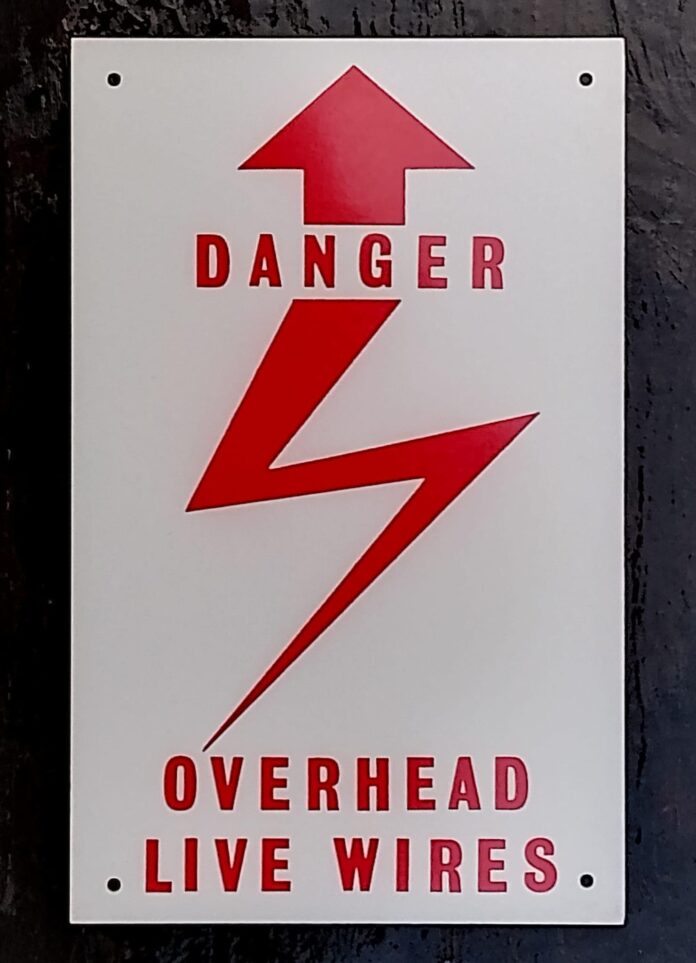
Recognizing the Early Warning Signs of Bone Cancer in Dogs
Bone cancer, also known as osteosarcoma, is a serious and potentially life-threatening condition that can affect our beloved canine companions. Recognizing the early warning signs of bone cancer in dogs is crucial for prompt diagnosis and treatment. In this article, we will explore the signs and symptoms of bone cancer in dogs, as well as the importance of early detection and intervention.
Bone cancer is a type of tumor that originates in the bones of dogs. It often affects the long bones of the legs, but can also occur in other bones such as the skull, spine, or ribs. Osteosarcoma is the most common form of bone cancer in dogs, and it tends to occur more frequently in large and giant breeds such as Great Danes, Saint Bernards, and Rottweilers. However, all breeds of dogs are at risk for developing this condition.
One of the first signs of bone cancer in dogs is lameness or limping, especially if it is persistent and does not improve with rest or medication. This lameness may be more noticeable after exercise or activity, and may be accompanied by swelling or pain in the affected limb. Dogs with bone cancer may also develop a pronounced limp, and may be hesitant to put weight on the affected limb.
Another early warning sign of bone cancer in dogs is swelling or a noticeable lump on the affected limb. This swelling may be firm to the touch and may feel warm or tender. In some cases, the skin over the affected area may become red or inflamed. Swelling and lumps associated with bone cancer may initially appear to be minor or unremarkable, but they can grow rapidly and become more painful over time.
As bone cancer progresses, affected dogs may show signs of decreased appetite, weight loss, and lethargy. This is because bone cancer can cause systemic effects on the body, such as pain, inflammation, and metabolic disturbances. Dogs with bone cancer may also develop a fever, and may pant or breathe heavily due to the pain and discomfort associated with their condition.
In some cases, bone cancer may spread to other parts of the body, such as the lungs, before it is diagnosed. Dogs with advanced bone cancer may develop difficulty breathing, coughing, and exercise intolerance due to the spread of cancer cells to the lungs. This is known as metastatic bone cancer, and it represents a more aggressive and advanced stage of the disease.
Early detection of bone cancer in dogs is critical for timely intervention and improved outcomes. If you notice any of the above-mentioned signs or symptoms in your dog, it is important to seek veterinary care promptly. Your veterinarian will perform a thorough physical examination, and may recommend diagnostic tests such as X-rays, ultrasounds, and blood work to confirm the diagnosis and determine the extent of the disease.
Treatment for bone cancer in dogs may include surgical removal of the tumor, chemotherapy, radiation therapy, and pain management. In some cases, amputation of the affected limb may be recommended to alleviate pain and improve the dog’s quality of life. Early diagnosis and treatment can help to slow the progression of bone cancer, alleviate pain and discomfort, and improve the dog’s overall prognosis.
In addition to seeking veterinary care, there are steps that dog owners can take to help prevent bone cancer in their pets. These include maintaining a healthy diet and weight, providing regular exercise and physical activity, and avoiding exposure to known carcinogens and environmental toxins. Regular veterinary check-ups and screenings can also help to detect bone cancer at an early stage, when treatment is most effective.
In conclusion, recognizing the early warning signs of bone cancer in dogs is crucial for prompt diagnosis and intervention. Lameness, swelling, lumps, and changes in appetite or behavior may indicate the presence of bone cancer in our canine companions. Early detection and treatment can help to improve the prognosis for dogs with bone cancer, and can provide them with a better quality of life. By being vigilant and proactive, dog owners can help to ensure the health and well-being of their beloved pets.












